Taipei wears its flaws on the outside; on the weather-worn tile facades, dilapidated signage and the collections of miscellaneous things that often crowd entrances and walkways.
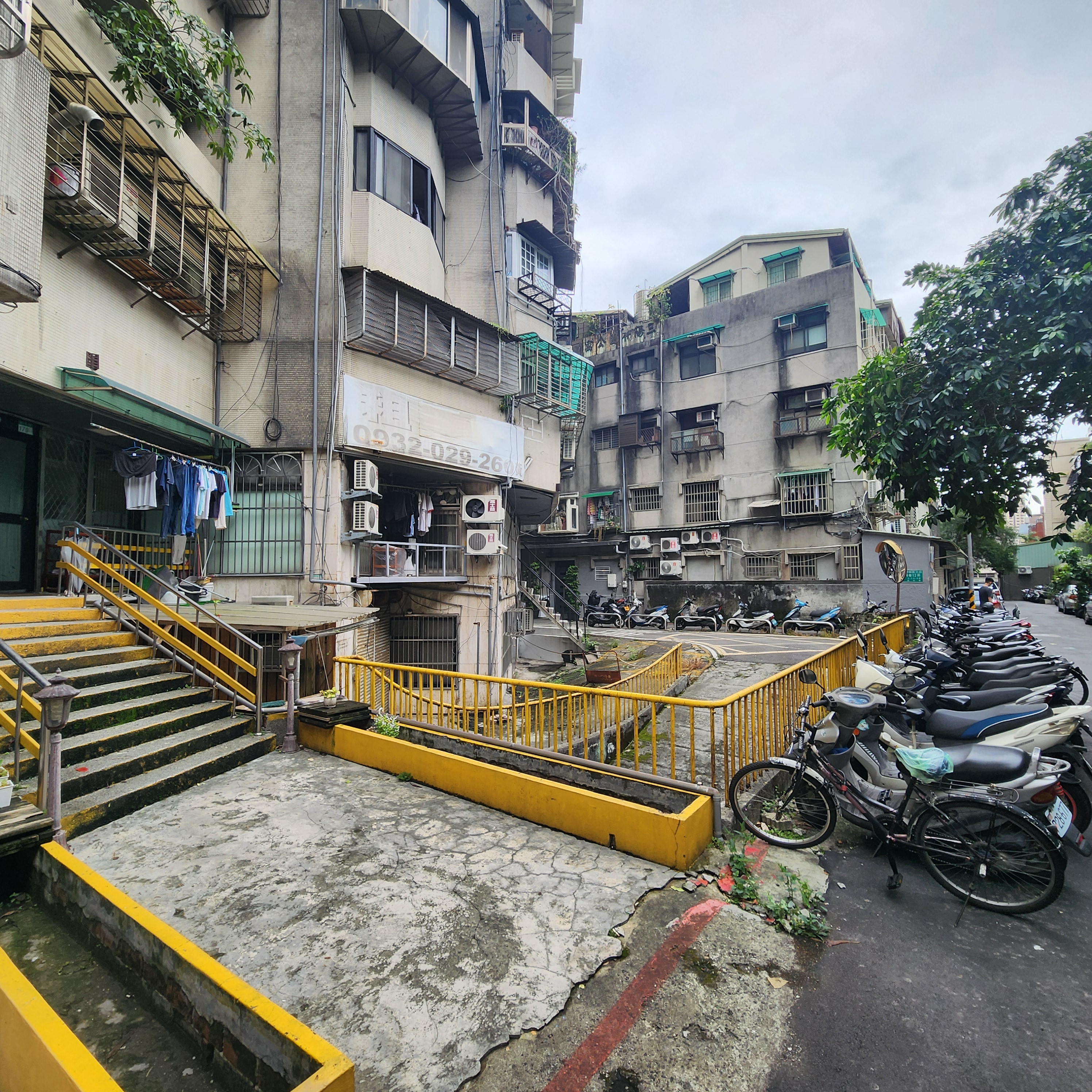
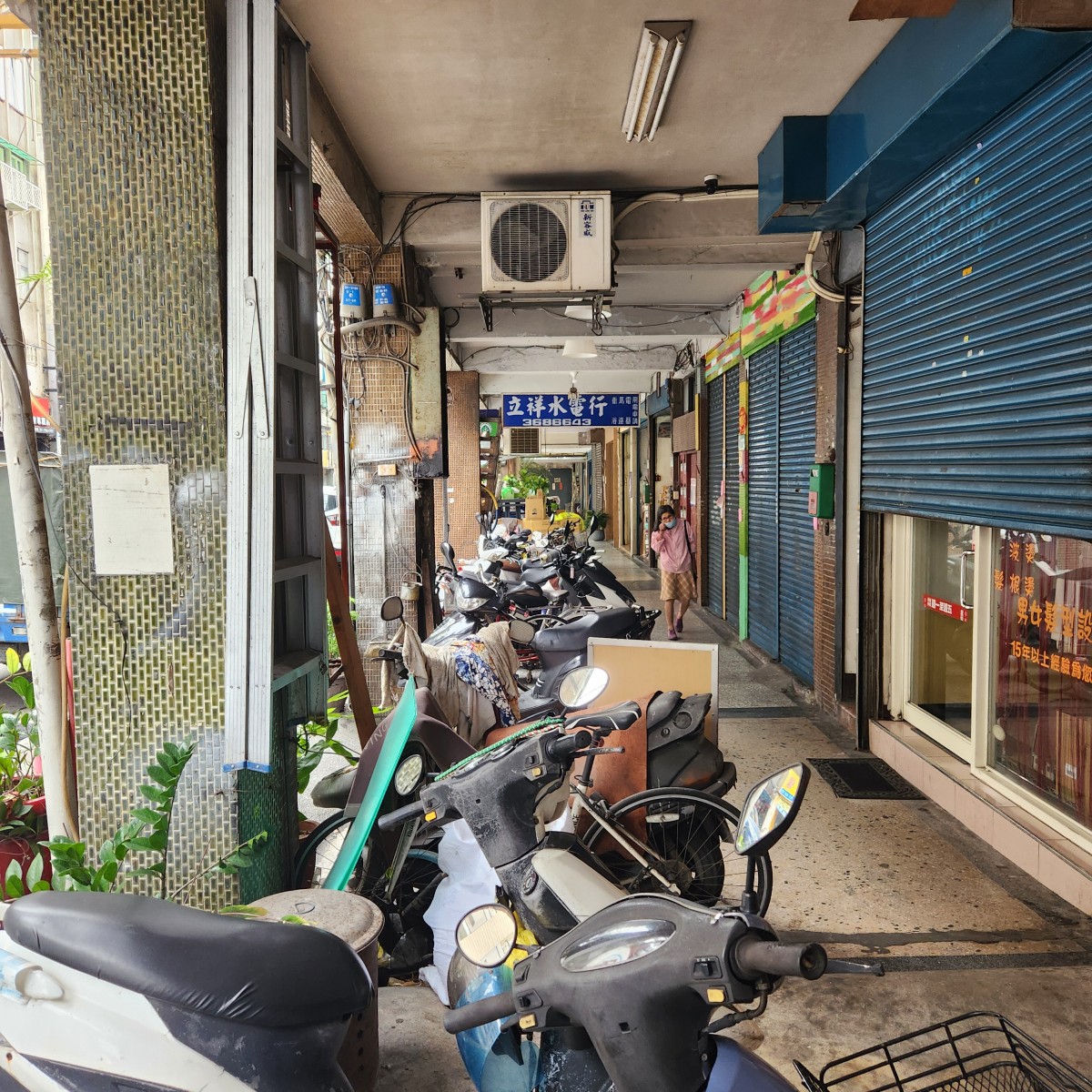
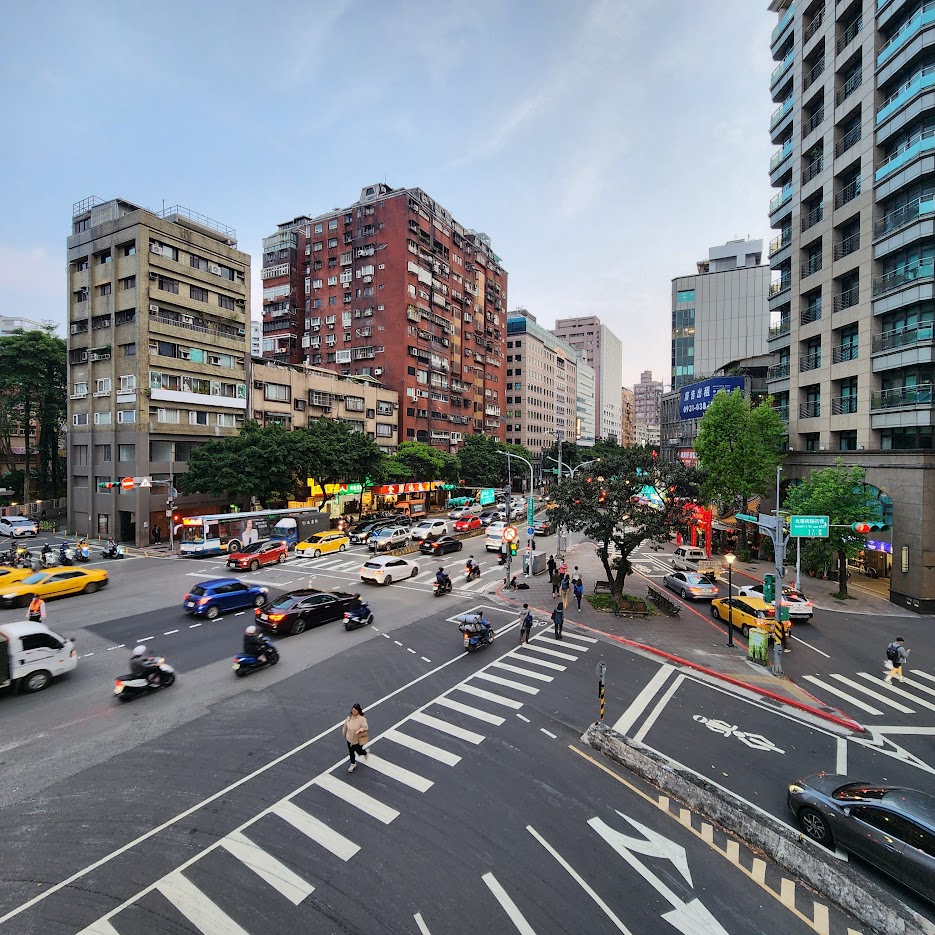
It’s a city that seems grown instead of planned, with shops and restaurants and vendors sprouting between mismatched apartment blocks like grass in sidewalk cracks. Every house and lane is guarded by potted sentries, their green contrasting sharply with the dull gray of concrete and browns of rusted window bars.

The lack of a cohesive aesthetic is an aesthetic unto itself. An architectural menagerie borrowing from a century of success and failure. The city is a thousand architects independent vision of what it should or could be, and at dusk most of that is hidden, neatly wrapped in a veneer of neon that brings the world down to the level of the street, to the people that crowd its sidewalks and metro and bike lanes.

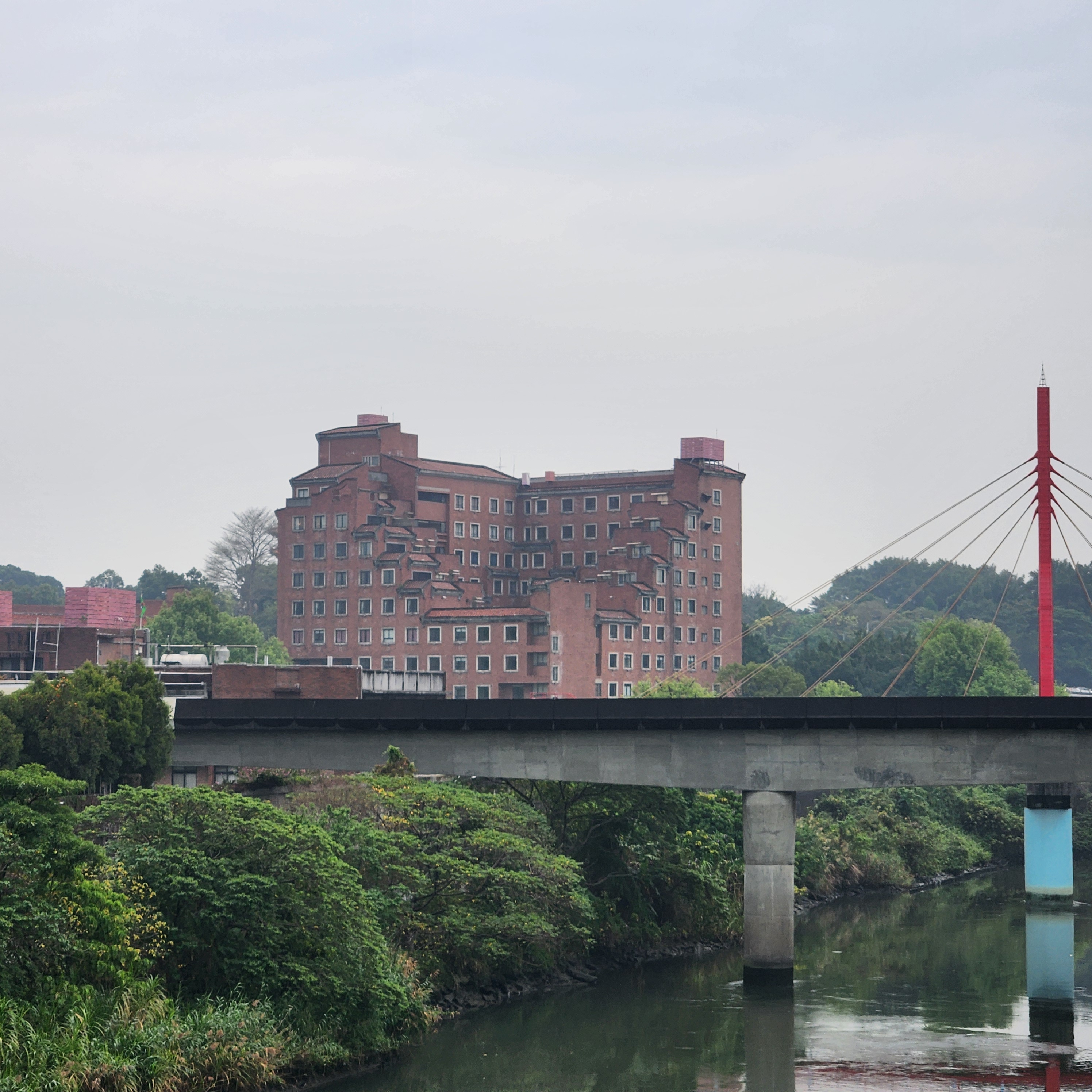

Taipei is not a beautiful city for its architecture, but in spite of it. It’s beautiful because it’s alive in a way many cities are not. This is in part due to its density, but also a culture which allows business and home life to find its way into the open. Racks of dried goods line the sidewalks outside stores, scooters and bikes form a barricade at the street’s edge and the parks are a center of activity throughout the day.
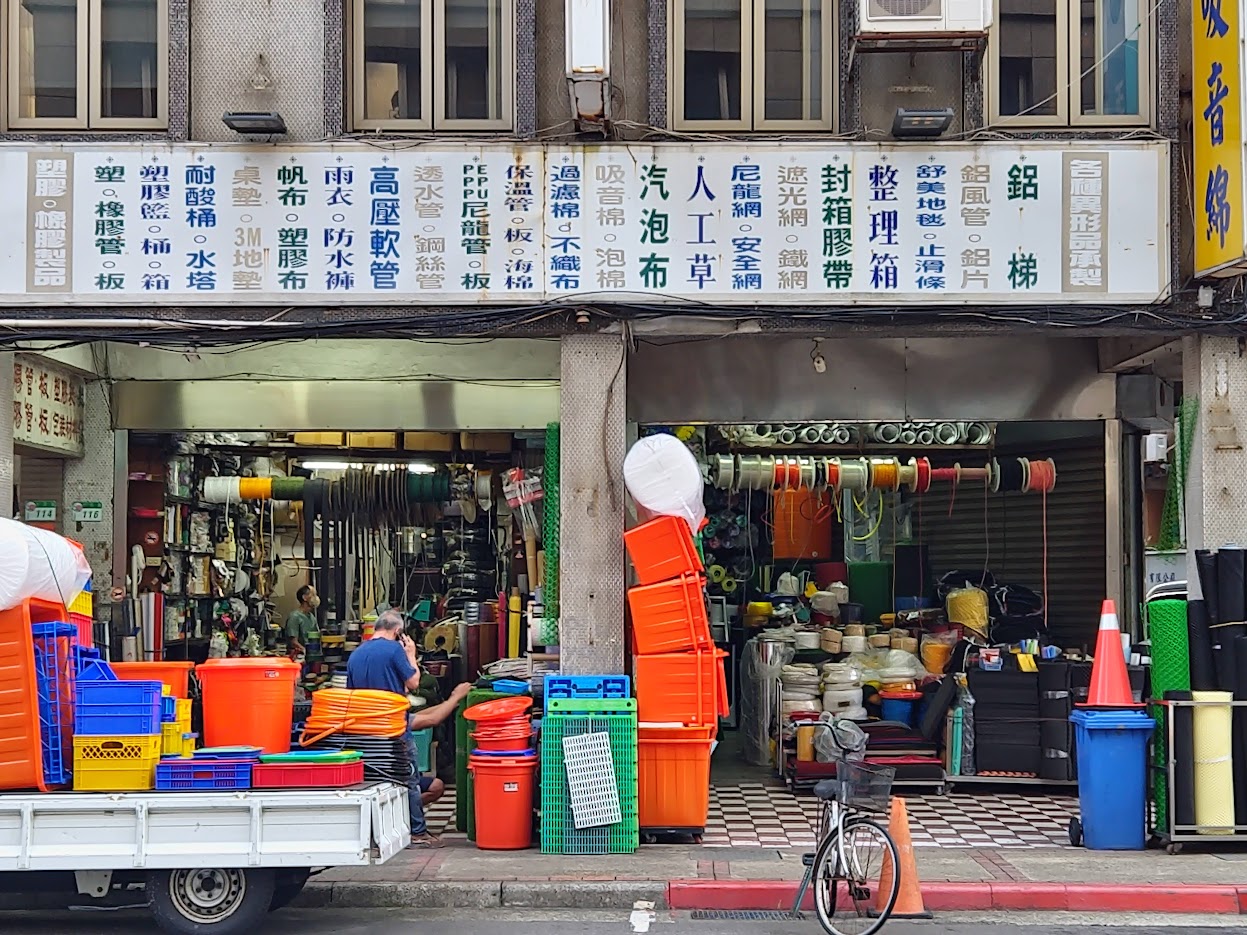
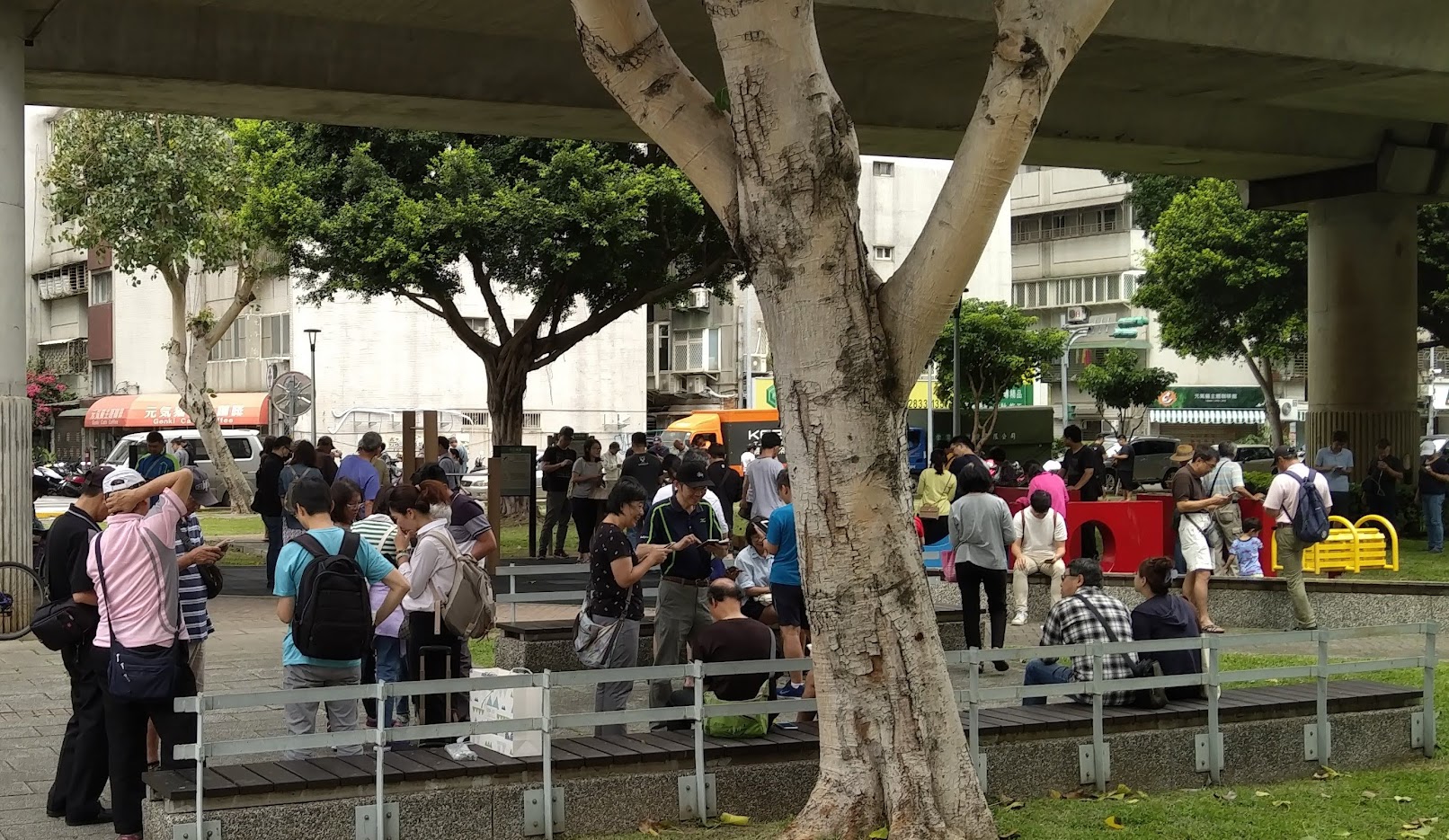

The low threat of theft and vandalism finds bicycles parked outside of metros without a lock and night market carts merely pushed under covered areas to wait overnight. Old scooters and motorbikes abandoned by their owners sometimes wait years for them to return.
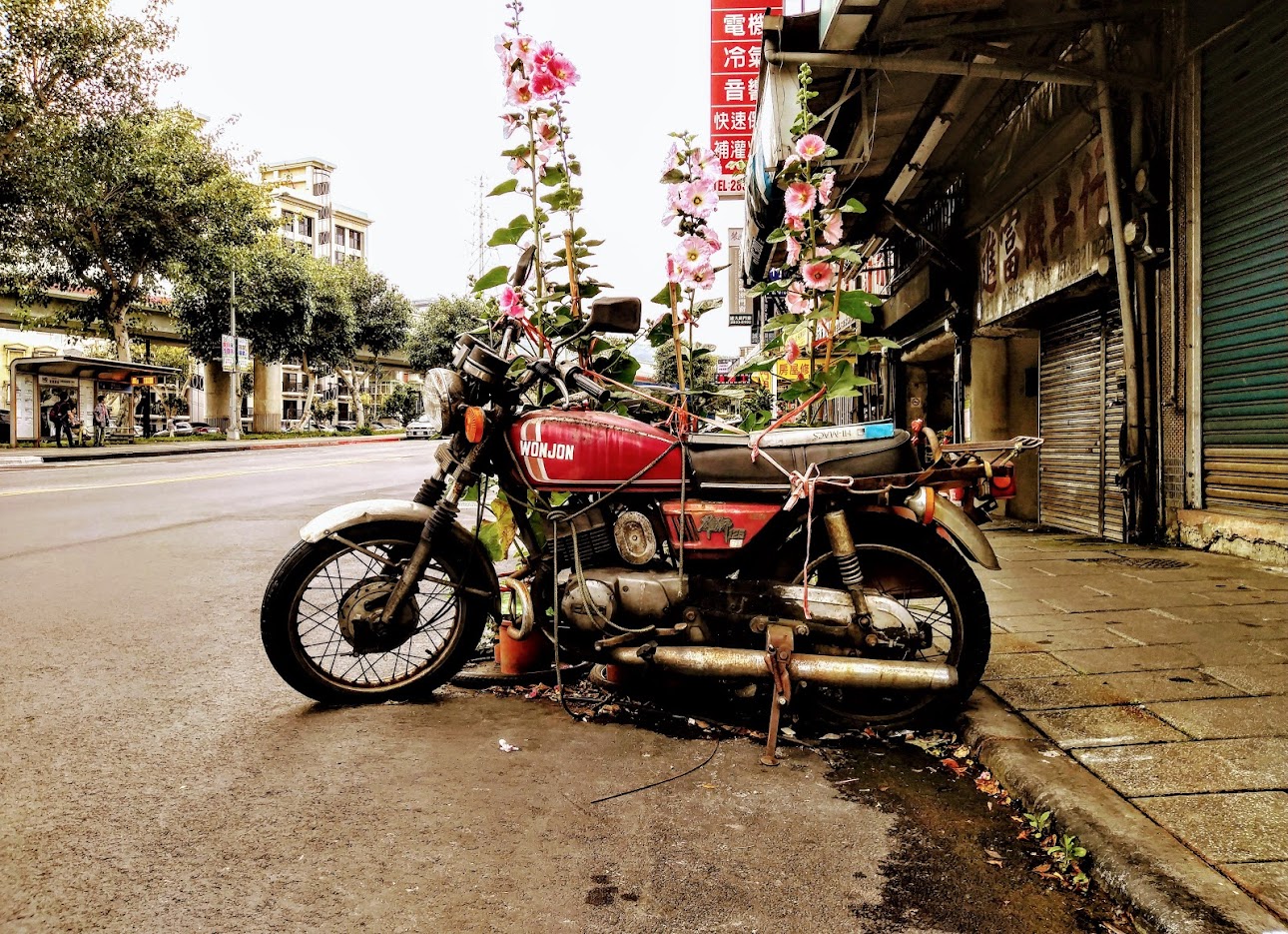
At the edge of the city the hills and mountains rise steeply, a remnant of a geologically recent volcanic past and a somewhat volcanic present. Cloaked in a dense green subtropical blanket and crisscrossed by endless trails maintained by the generous individuals and groups who frequent them. These routes are covered rest areas, replete with supplies brought by elderly groups that meet to drink tea midday and chat. These spaces are often created by the local government, but as with the city itself, built upon by the people who use it, and you’ll find makeshift walls and cabinets and tables that have been built over time.



Religion and belief play a role in both the inner and outer lives of the Taiwanese. Temples and shrines, often a blend of Taoism and Buddhism, can be found within a short distance of almost any location in the city or on a trail. People often congregate there or nearby, while others come to make a request of the gods or pay respects before going on to work or school. At times they become the scene of a banquet dinner or the starting point for a festival that will tour the neighborhood beating drums and lighting off firecrackers.
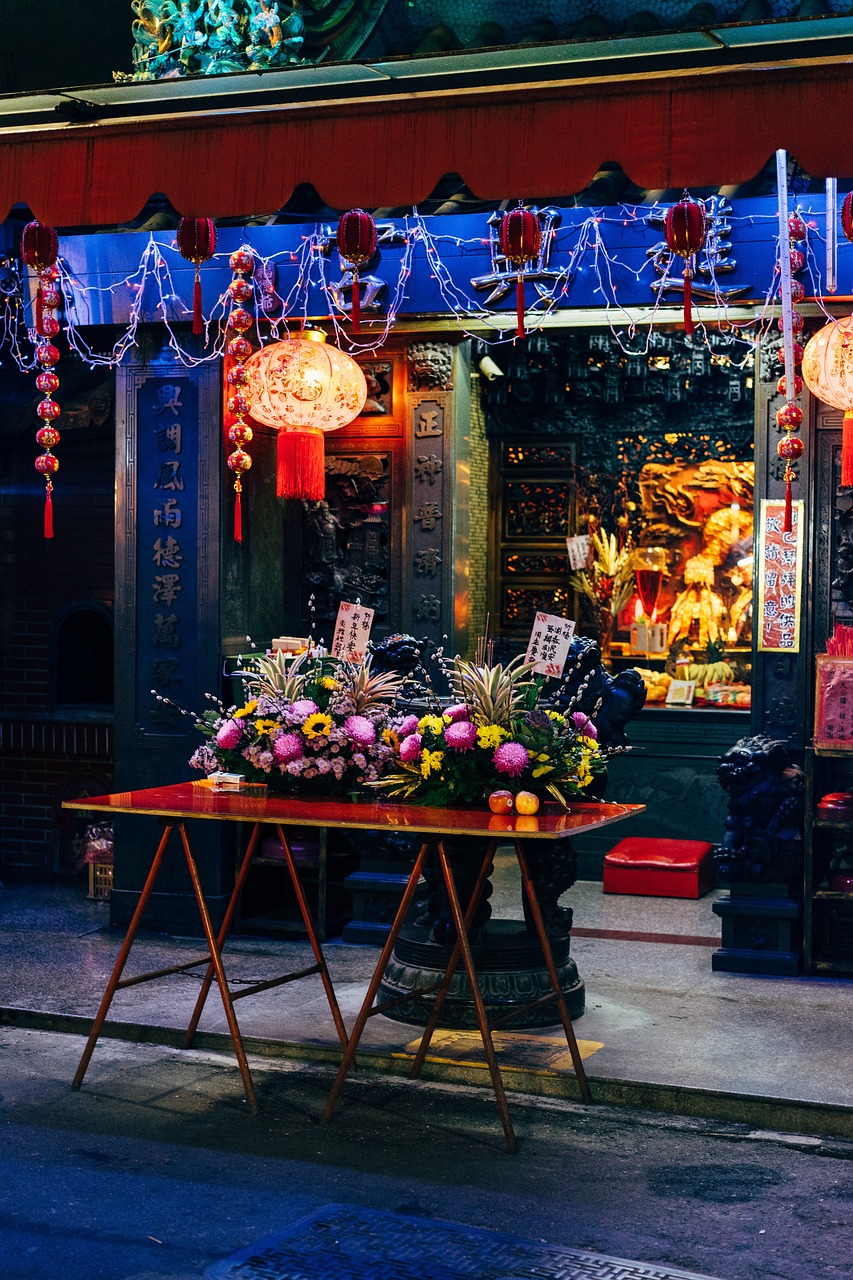
The rhythm of Taipei is more laid back than that of a place like Japan and more orderly than that of China. While the people themselves are known for their welcoming spirit, there is also a level of tolerance that is hard to find elsewhere. It’s a city that grows on you, much like it seems to have grown into itself.